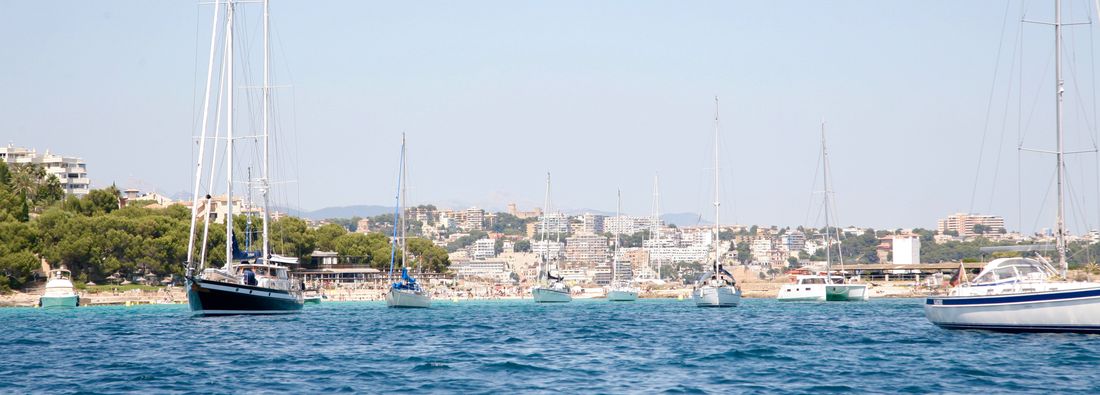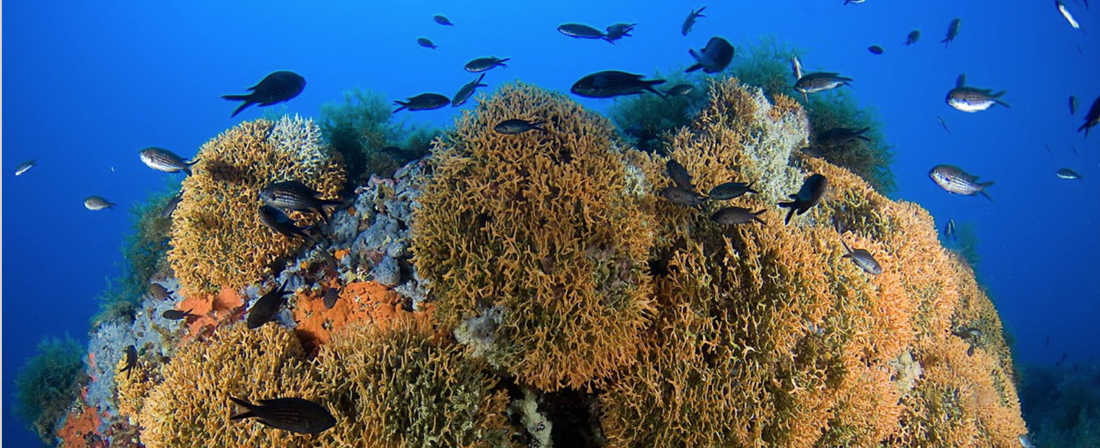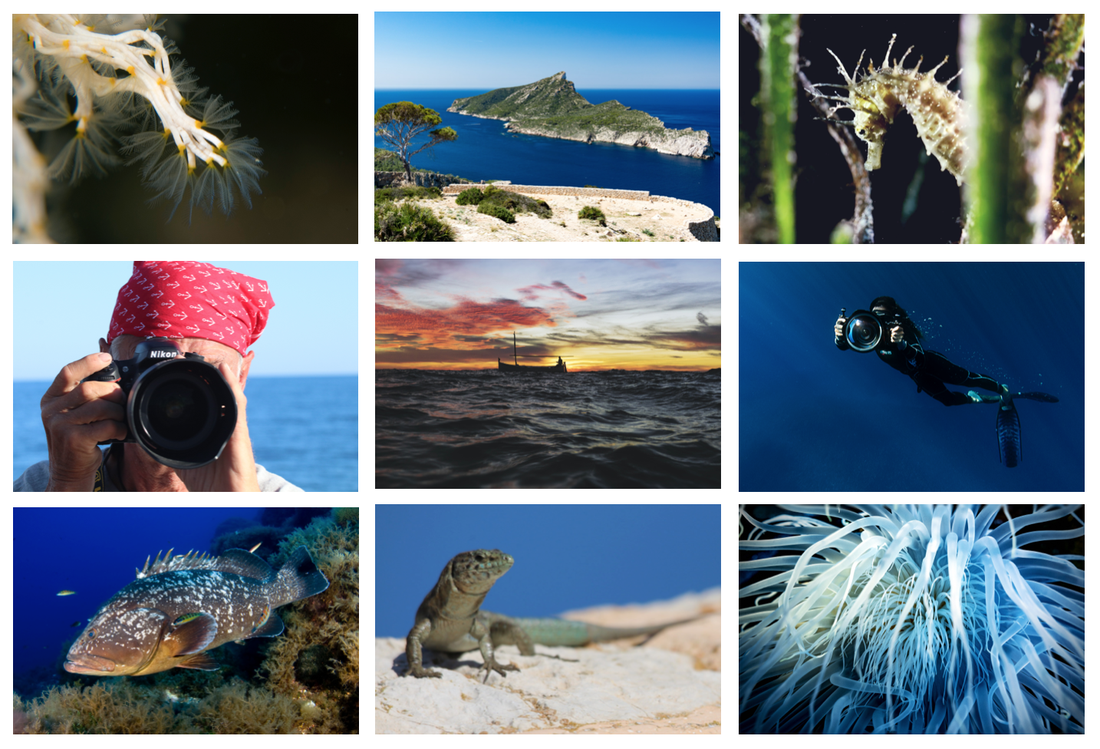The Balearics Islands are one of the main tourist destinations in Europe. Their natural beauty attracts millions of visitors each year, swelling an already growing local population. Despite being home to some of the most abundant marine environments in the Mediterranean, the impact that expanding demographics, increasing mass tourism and human related activities such as overfishing, overconsumption and pollution have on the local marine environment is severe and has put fragile marine species and ecosystems in danger of decay.
As this development is expected to continue over time, the pressure from human-related activities on the marine environment - unless urgent action is taken - is highly likely to reach a point from which marine ecosystems will not be able to recover, eventually resulting in a collapse with inevitable consequences for all stakeholders.
The local government has put effort into increasing the number and area of marine protected areas (MPAs), with the positive results from El Toro marine reserve being one prime example of successful marine protection. Its positive effects on the fishing, yachting and tourism industry clearly demonstrate that economical growth is not only compatible with, but dependent upon, environmental care.
To achieve effective and lasting marine regeneration, policy makers depend on science-based information as well as the voices and actions of informed and proactive local communities. This is where Save The Med plays an important role.



